WFP calls for humanitarian access, as Sudanese city grapples with starvation
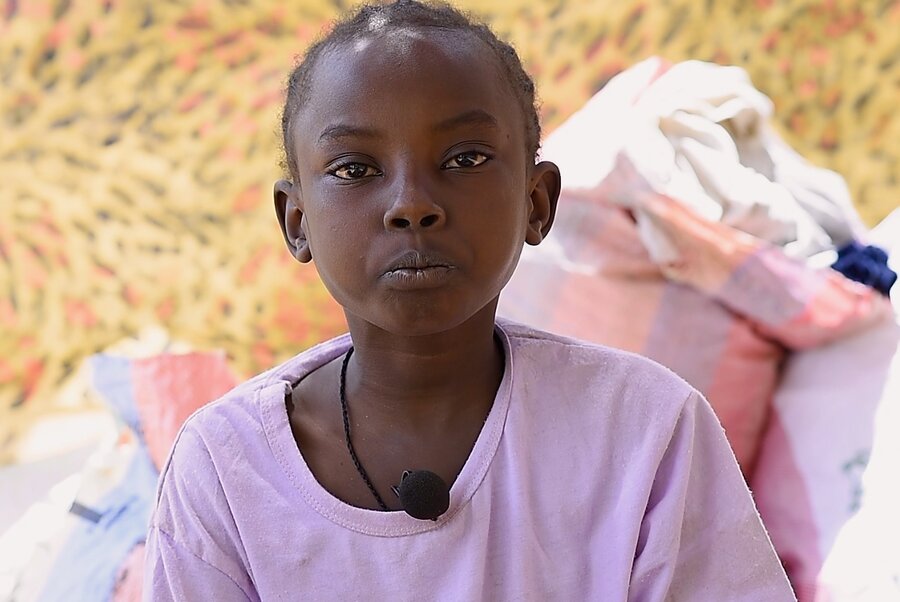
Surrounded by burlap bags and a sea of sand, eight-year-old Sondos describes fleeing Sudan’s war-besieged city of El Fasher with her family, after weeks surviving on only millet.
“Hunger forced us to leave,” said the little girl, speaking from Tawila displacement camp, roughly 75 kilometres away. “Only hunger and bombs,” she added of the shells raining down on North Darfur’s capital.
Today, hundreds of thousands of people still trapped in El Fasher face starvation, as the city remains cut off from World Food Programme (WFP) and other humanitarian assistance. The hunger crisis comes one year after famine was first confirmed in the country. Since then the situation, especially in El Fasher, has only gotten worse, as the country’s devastating war grinds on.
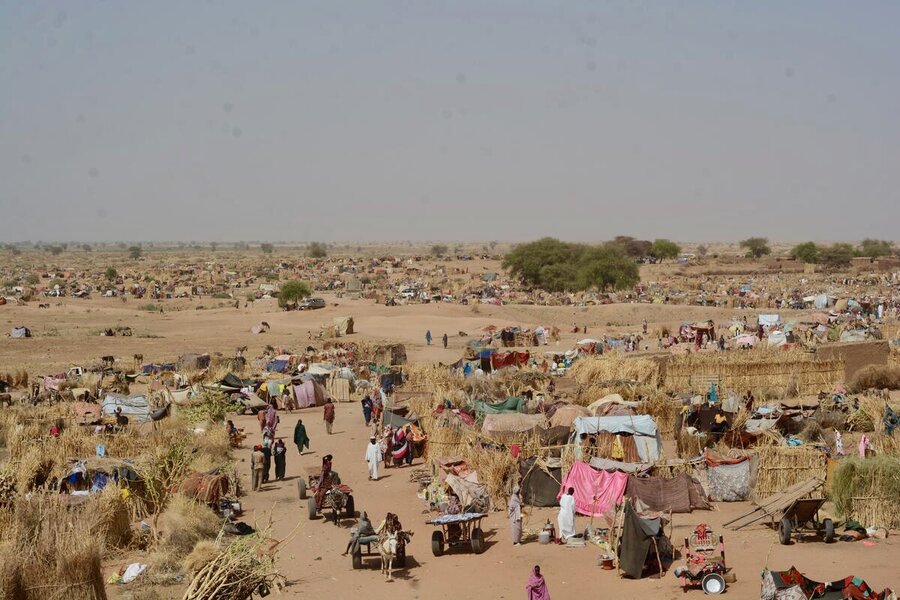
“Everyone in El Fasher is facing a daily struggle to survive,” said Eric Perdison, WFP’s Regional Director for Eastern and Southern Africa. “People’s coping mechanisms have been completely exhausted by over two years of war.”
Sudan’s conflict has created the world’s largest hunger crisis, with around 25 million people - half the country’s population - facing acute hunger, and 3.5 million women and children facing malnutrition..
In El Fasher, some residents are reportedly surviving on animal fodder and food waste. And while WFP continues providing digital cash support to roughly a quarter-million people in the city, allowing them to buy the dwindling food left in the markets, the assistance dwarfs the escalating needs - making it imperative to deliver in-kind assistance to address hunger at scale.
Sustained access vital
With trade routes and supply lines into El Fasher blocked, prices have soared, including for staples like flour or sorghum. Community kitchens, set up to feed hungry people, have largely stopped functioning. Many of those who managed to flee describe an escalation of rampant violence, looting and sexual assault in the city.
“Without immediate and sustained access,” for humanitarians, Perdison said, “lives will be lost.”
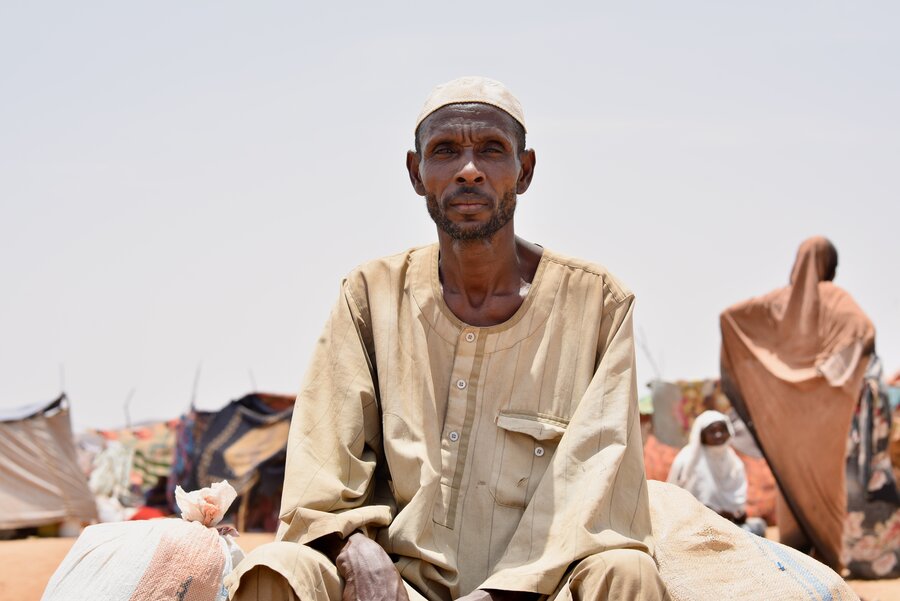
Like Sondos and her family, many managing to leave El Fasher have ended up in Tawila. But the camp’s makeshift tents dotting the sand offer little protection from the rainy season now setting in. And for the camp’s roughly 400,000 residents - many of whom arrived with just the clothes on their backs - WFP rations of nutrient-packed high-energy biscuits, sorghum, vegetable oil and salt are often their only sustenance.
Another Tawila resident, 47-year-old Mohamed, recounted a harrowing journey: from North Darfur’s famine-hit Zamzam displacement camp, to El Fasher, and finally to Tawila.
People died of thirst along the way, he said. “Many of them were begging for water,” Mohamed added, describing how a single cup was divided among four people. “Each person had to have only one sip, just enough to reach their stomach."
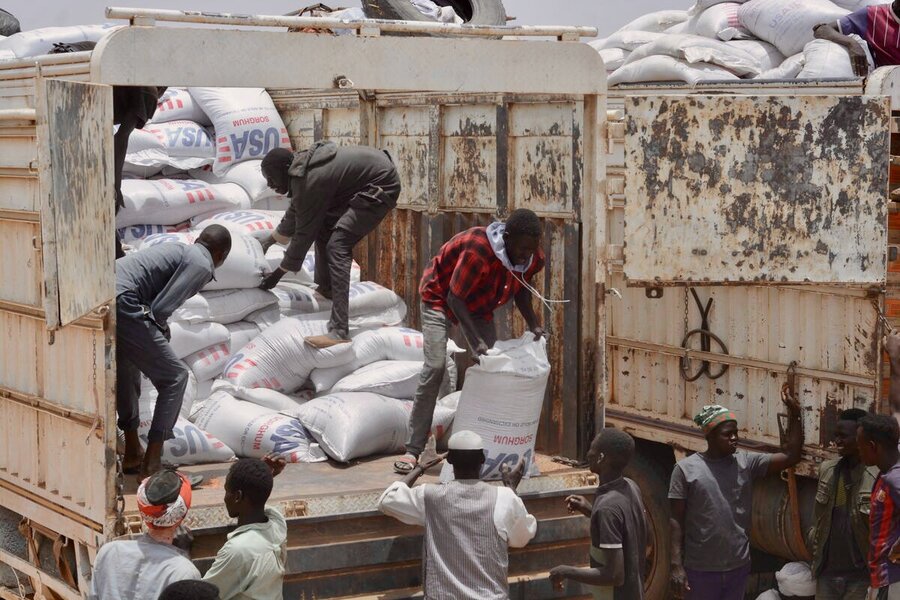
Tawila’s displaced count among the more than four million Sudanese WFP supports monthly. Many are located in the hungriest and most conflict-hit parts of the country. We are also supporting more than 600,000 women and children with nutritional supplements.
That assistance has made a powerful difference: helping to reduce catastrophic hunger in parts of Central and West Darfur, for instance. But these gains are fragile, while access remains blocked to key hunger hotspots like El Fasher.
Food trucks on standby
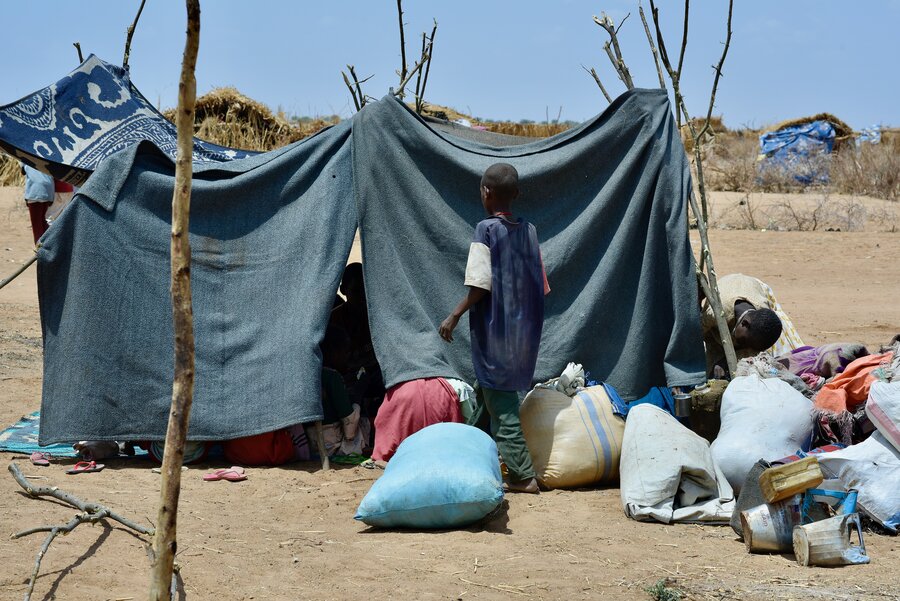
“WFP is ready with trucks full of food assistance to send into El Fasher,” says Corinne Fleischer, WFP’s Director of Supply Chain and Delivery. “We urgently need guarantees of safe passage.” WFP has received clearances from the Humanitarian Aid Commission in Port Sudan for a convoy of humanitarian assistance to proceed to El Fasher. The Rapid Support Forces, who have held the North Darfur capital under siege for over a year, are yet to communicate support for a pause in the fighting to allow humanitarian goods to move into the city.
For Tawila’s displaced families, hunger and conflict are closely linked. One mother, Jamila, described how her sister died of starvation earlier this year at Zamzam camp.
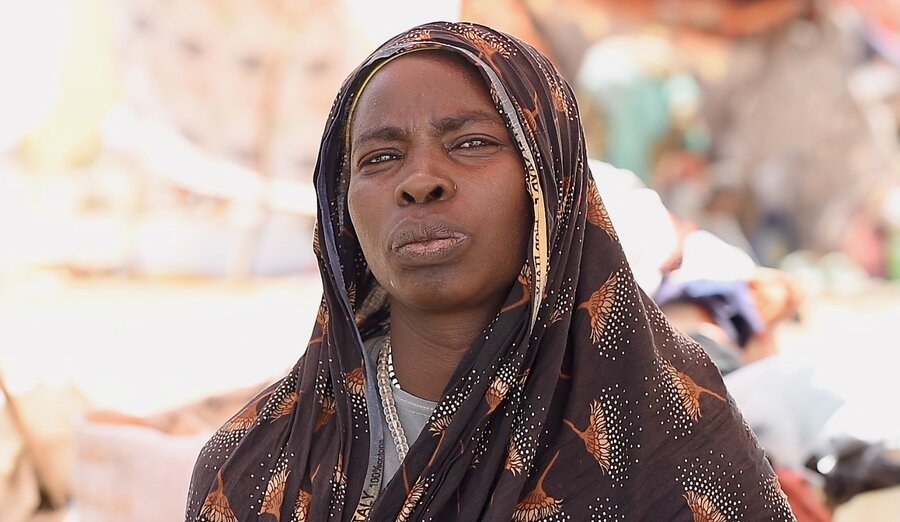
“The worst thing we faced was hunger and the loss of our brothers and sisters. It’s hard to lose a sibling forever,” she says. “The hunger that also persists until today is very difficult”.
Jamila’s family made the journey to Tawila by foot, she said, walking at night with dozens of other families. Fellow Sudanese helped them at water points along the way.
WFP assistance has helped as well.
“I can boil it or mill it and prepare several meals with it,” she says, “to last through the days where we don’t have anything.”
WFP requires US$645 million over the next six months to continue emergency food, cash and nutrition assistance in Sudan.
WFP’s emergency response in Sudan is made possible through contributions from our donors including the African Development Bank, Andorra, Austria, Belgium, Canada, Croatia, Cyprus, Czech Republic, Denmark, Estonia, the European Union, Finland, France, Germany, Greece, Hungary, Iceland, Ireland, Italy, Japan, KS Relief, Kuwait, Lithuania, Luxembourg, Malta, Mohammed bin Rashid Al Maktoum Global Initiatives (MBRGI), Netherlands, Norway, Novo Nordisk Foundation, Saudia Arabia, South Korea, Slovenia, Spain, Sweden, Switzerland, Ukraine, the United Arab Emirates, the UN Central Emergency Relief Fund, the United Kingdom, and the United States of America.
